Sleeping well and waking up well-rested in the morning is one of the key factors in maintaining a healthy lifestyle as well as ensuring that you make the most out of your day. But sometimes it’s not easy to fall asleep. There are many factors that affect our sleeping habits, sleep quantity and sleep quality.
One consistent part of sleeping routines is the bedroom that we often overlook when talking about a good night’s sleep. Many people consider the importance of a good bed and proper darkness when addressing the quality of sleep. However, the bedroom and its color also play an important role in the quality and duration of your sleep.
The color of your bedroom is important as it is the last large or major portion of the color you see before you fall asleep. It can have the effect of changing your mood, directing your thoughts and even affect your mood when you wake up in the morning. So, let’s take a look at the best colors for sleeping and why they’re so good.
Different Theories on Sleep
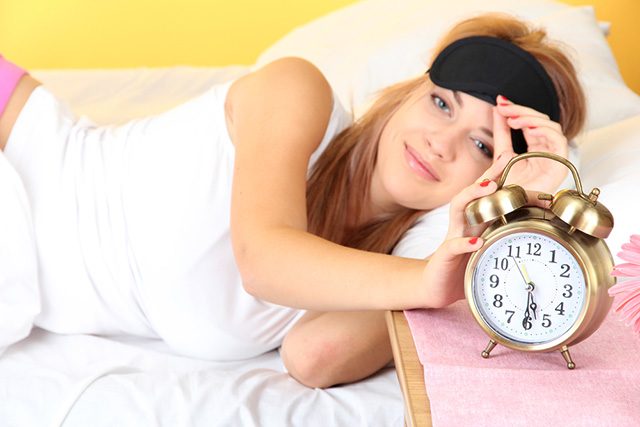
One of the most popular theories when considering anything in regard to colors is the color theory. The color theory is based on the association of moods, feelings, and temperaments that is evoked through the perception of certain colors.
Scientifically, it has been proven that colors affect our mood and can have a significant impact on our thoughts and emotions. They can set the atmosphere of a room and change the perception of the individuals within the room.
Another perspective that looks into colors that help with sleep is the circadian clock and light theory. This theory focuses on the effect of different light colors that affect the way we sleep. As they alter what our circadian clock perceives and thus can make us more awake when we should be sleepy.
Color Theory and Bedroom Colors for Good Sleep
The color theory is generally the most common approach that is used to determine the use of colors when deciding the selection of colors for rooms, especially bedrooms. There are some colors that are inclined to make us feel more calm and relaxed. These are the colors that make better colors to have our bedroom to help us fall asleep easier.
The following are some colors and the feelings that they evoke and how likely they are to help you fall asleep better.
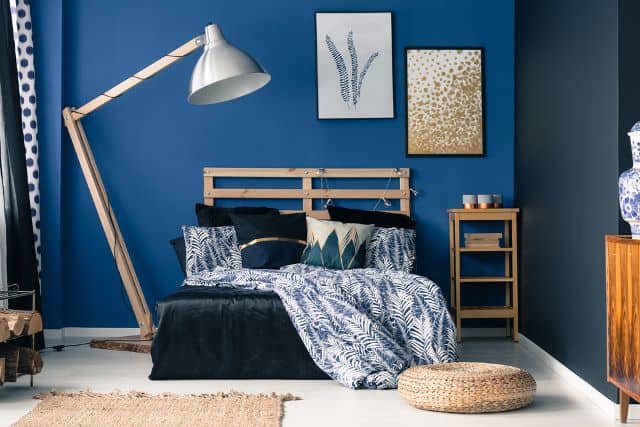
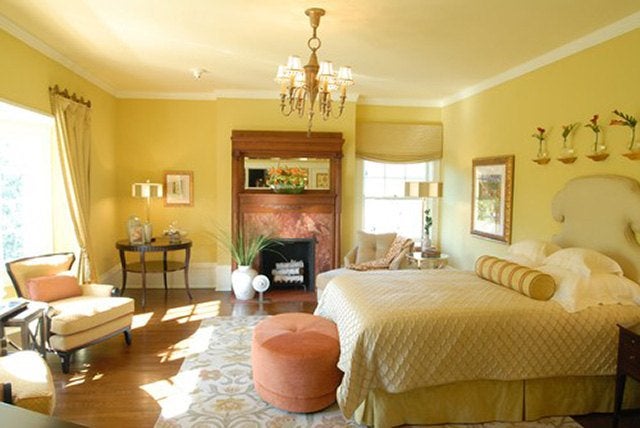
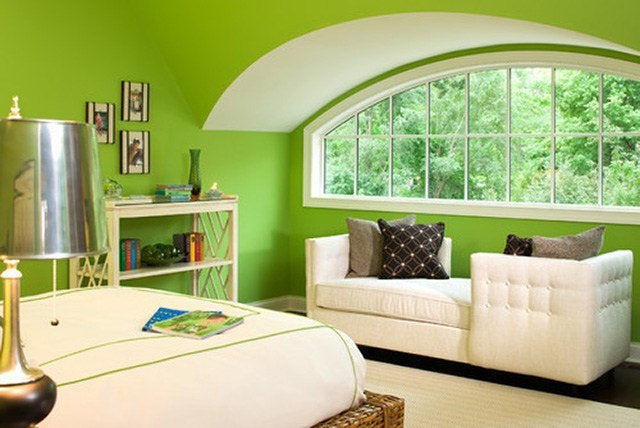
Finally, some colors to avoid are dark colors and busy colors such as reds, purples, and browns. Red is commonly known to be a fiery, energetic, and aggression-related color, it instills the opposite of calming down which makes it a poor choice for sleeping well.
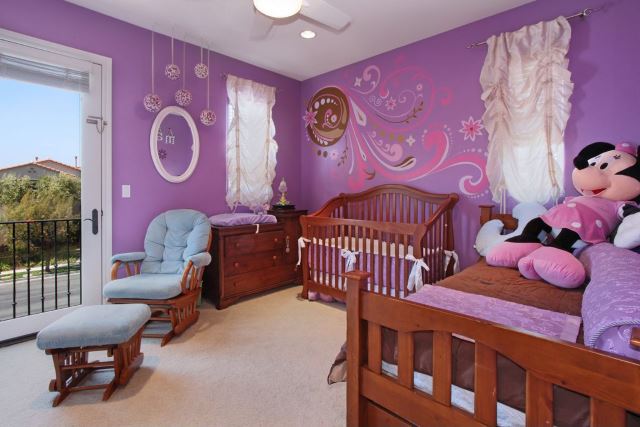
Conclusion
Getting good quality sleep is very important and often the environment around us and affects how we feel. In order to get a good night’s rest, the color of your room might promote or hinder your sleep cycle. In order to ensure that the color of your room provides you with the most effective atmosphere for sleep, try and choose light or pastel colors and colors that promote relaxation and calmness such as blues, yellows and greens. It is best to avoid busy, loud, and engaging colors that stimulate brain activity.